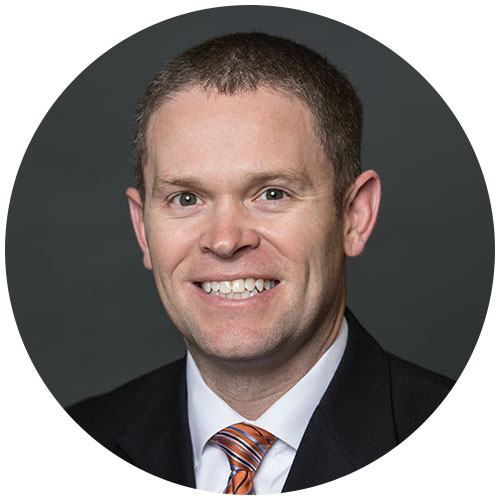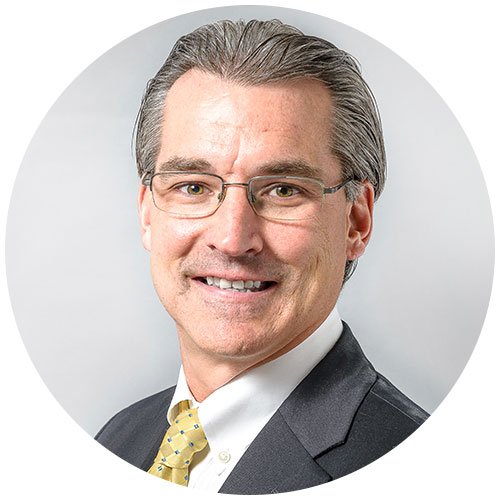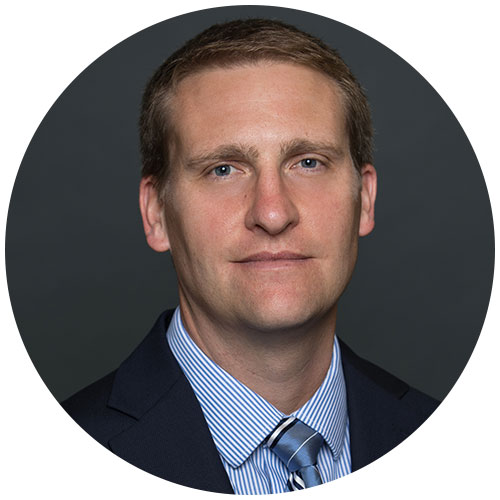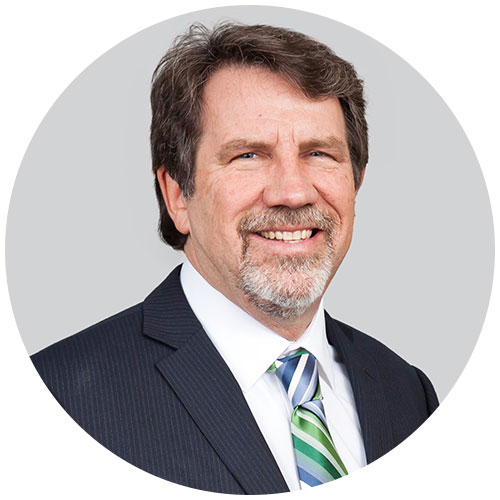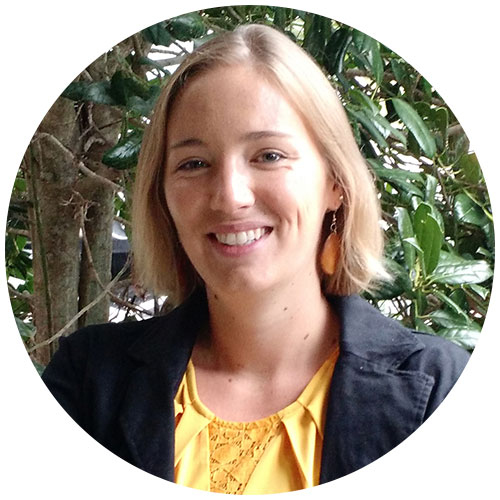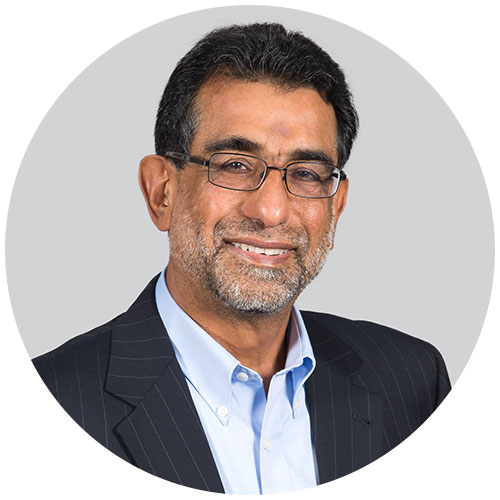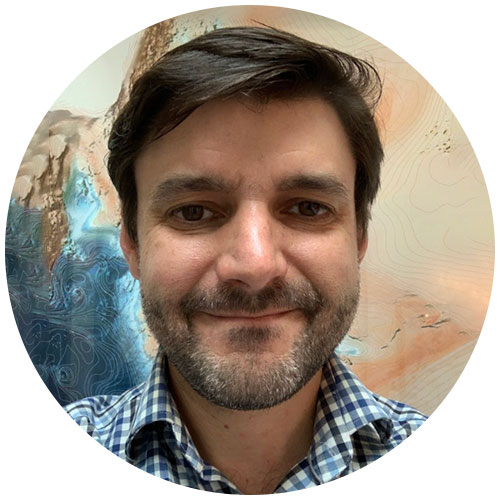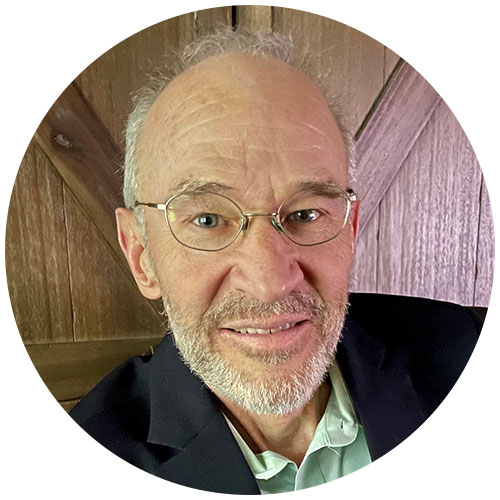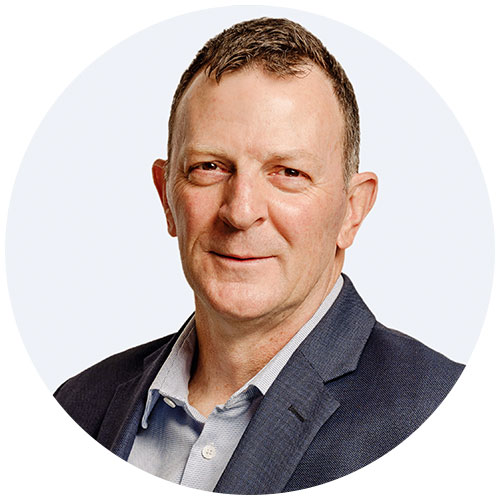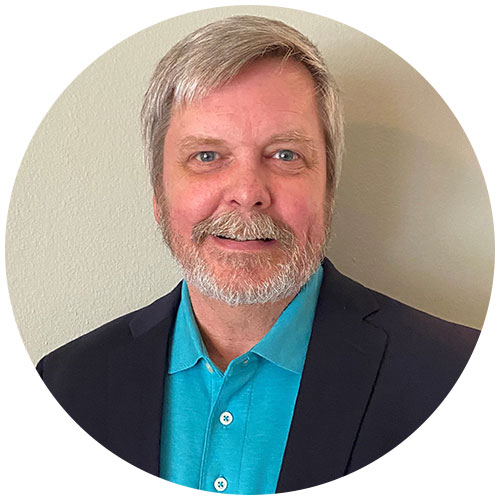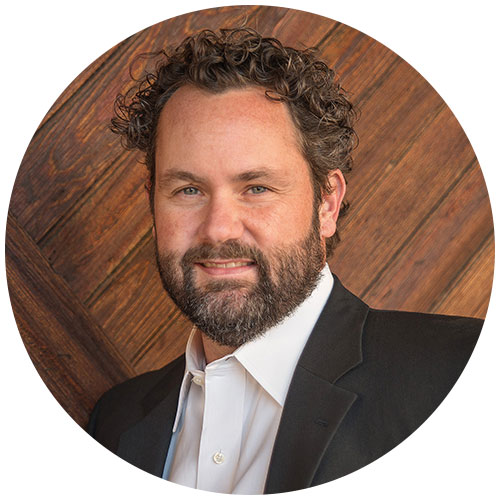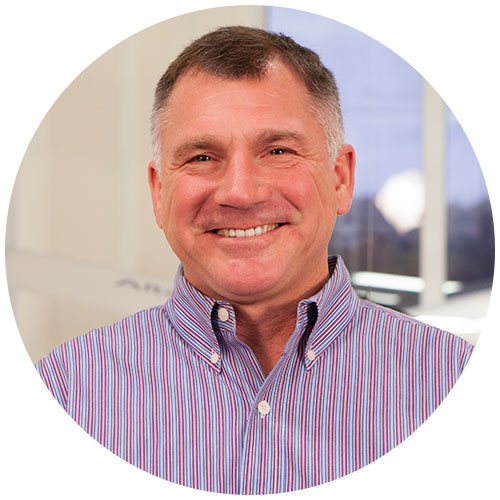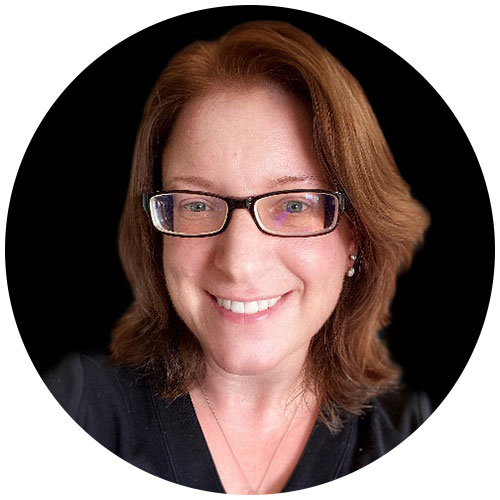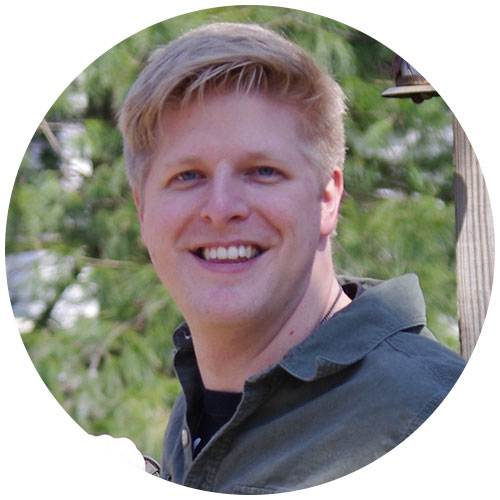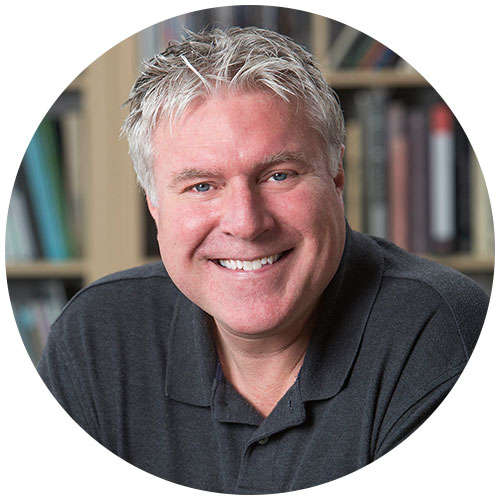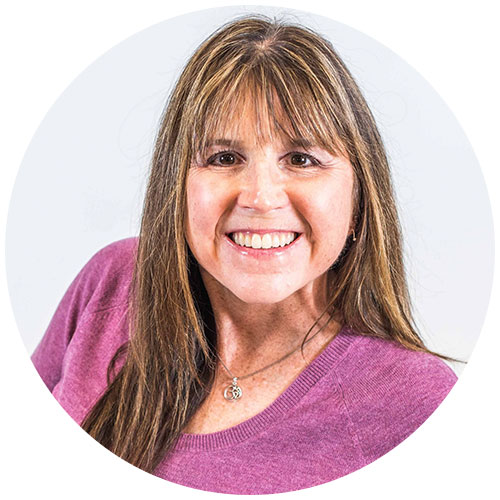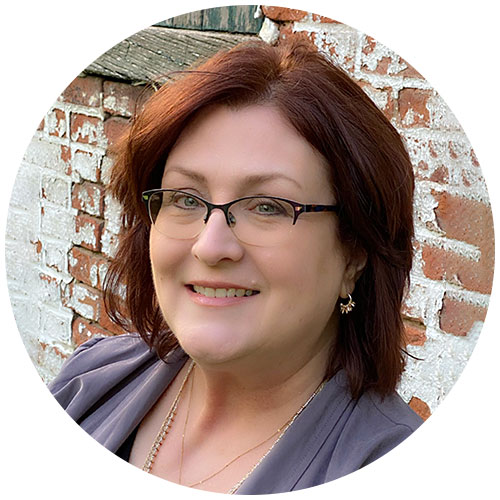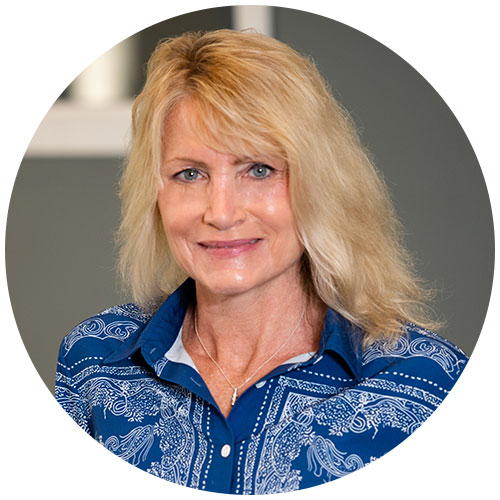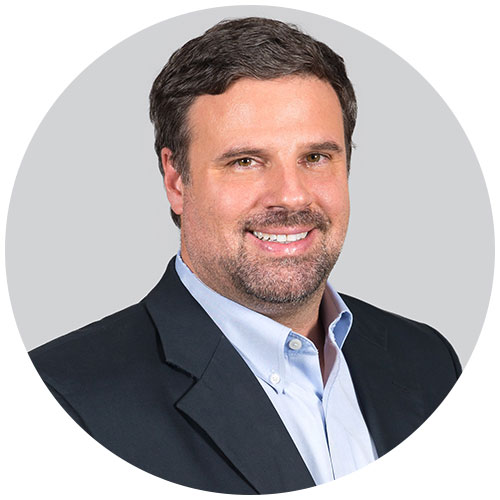
BLOG
—
Woolpert Staff Members Share How They Celebrate Earth Day Every Day
James Riddle, Engineer Program Director: Woolpert uses cutting-edge, real-time water quality sensors to monitor water quality in creeks and lakes for communities across the Southeast. The data helps us assess stream health and to both identify and mitigate potential environmental impacts within the community.
J.P. Johns, Water Market Director: Woolpert specializes in writing performance-based specification for erosion prevention and sediment control practices to minimize the impact of construction activities into our lakes, rivers and waterways. By being highly involved with the International Erosion Control Association, Woolpert has implemented new, resilient and sustainable erosion prevention practices for stabilization of urban streams to prevent them from eroding due to increasing runoff from development and higher rainfall.
Trevor Gauron, Engineer Program Director: By assisting over 30 communities with complying with NPDES permits and by developing monitoring programs, designing water quality best management practices, and building programs that detect and eliminate sources of pollution, Woolpert has had a direct, positive impact on the quality of rivers, lakes and streams. Woolpert prides itself on performing tasks for our clients that give the people and wildlife of the communities a cleaner and healthier place to enjoy and live.
Eric MacDonald, Engineer Program Director: Woolpert performs Sanitary Sewer Evaluation Services and assists clients in identifying and eliminating problems that cause sanitary sewer overflows. This proactive approach often identifies problems before they become spills, avoiding sewage from getting into streams and rivers across the nation.
Crystal Muller, Engineer Project Manager: Our years of stormwater experience, emerging technologies and watershed studies are helping coastal communities navigate the growing challenge of building resilient communities, while maintaining a commitment to protecting the surface waters that draw people to live and work in these communities, in the face of a changing climate and rising sea levels.
Qassim Abdullah, Chief Scientist: Our products and professional services, especially the coastal mapping program, are being used to study sea-level rise, coastal resilience and disaster mitigation strategies to minimize the climate-related damage to people, infrastructure and the environment. We also support many federal agencies, like USGS and NOAA, whose data is used to study the earth environment and manage its resources.
Dave Neff, Geospatial Program Director: Honoring the marine environment is the lifeblood of our industry. Last year’s Earth Day provided an opportunity for eTrac personnel to come together after a year of being distanced to participate in beach cleanups. It was a welcome opportunity to extend that support of the coastal community and bolster our eTrac community following the pandemic, and we plan to participate in this effort at our coastal offices again this year.
Rusty Hodapp, Strategic Consultant: My decades of experience at Dallas Fort Worth International Airport proved that sustainability is good for business as well as the environment. We reduced emissions, lowered operating costs and elevated economic value, becoming the largest airport globally and the first in North America to achieve carbon neutrality. Like DFW, Woolpert helps clients adopt and apply sustainable practices that reduce their environmental footprint, improve the communities and stakeholders they serve, and better their bottom line.
Brian Nicholls, AAM Market Director: At AAM, we are dedicated to measuring and monitoring our world. Every day, we capture and analyze vast amounts of geospatial information across our land and oceans, providing insights and information to better manage and restore our fragile global environment. AAM employees are proud of our contribution to a sustainable and equitable world for all.
Jeff Lillycrop, Strategic Consultant: Woolpert is demonstrating its superpower, the power of AEG, through its new Model Modernization project, which is a partnership with the U.S. Army Engineer Research and Development Center’s Coastal and Hydraulics Lab, Jackson State University and Woolpert. Model Mod is updating the nation’s coastal storm-risk management models that predict the impacts to natural and built infrastructure. This is a priority project given the increases in storm frequency and severity being experienced along our coasts, the Great Lakes and the Gulf of Mexico.
Sam Moffat, Geospatial Program Director: We recently completed a project for a county in Florida where we collected high density lidar of the beach coastline at the beginning of the hurricane season. In the event of a hurricane or strong storm, we would acquire lidar again and do a comparative analysis. On Nov. 8, right after a strong storm eroded much of the beach, we flew another lidar mission. We then modeled the elevation changes between the two datasets and created a volumetric analysis of where the sand loss and gain occurred to better assist the county disaster management department and the beach renourishment program to better plan and mitigate erosion along the coastline. Now is the time for coastal counties to plan their next steps in vulnerability assessment and resilience planning.
Tim Leary, SMC Market Director: In general, the African continent suffers from extreme drought, poverty, economic and political instability. Woolpert, through our South Africa-based companies Southern Mapping and AAM, are helping provide clean water and modernize land administration and economic stability. In West Africa, we are surveying thousands of kilometers of potential power line routes to ensure electricity to remote villages; in East Africa, we are surveying multiple potential dam sites and mapping the reservoirs that will store millions of gallons of fresh water; and in Zambia, we are working with a partner to automate land titling, which is generating positive cash flow for the government and promoting economic stability through accurate and equitable taxation.
Karen Hart, Geospatial Program Director: Pretty much every project I’ve been involved in during my short time here at Woolpert has been focused on the environment in some way, whether it’s mapping to support coastal management, making the most of existing geospatial data to inform stakeholders, or planning a large-scale, multifaceted project focusing on coastal resilience and the blue economy.
Aaron Detmer, Engineer: Our MEP design team strives to obtain maximum energy savings through our standard designs and within the scope/budget of the client. Performing energy modeling allows us to analyze how a building will perform before it is built; helps determine building construction, orientation and what MEP systems will be used; and allows us to predict energy consumption, which we use to quantify the balance of the higher upfront costs of more efficient systems as compared with future energy cost savings.
Forrest French, Architect: Net zero buildings, which are buildings that produce their own energy and produce no waste, are an achievable goal that begins with educating our staff, our clients and the folks who will be using the buildings on the benefits of that approach. We are changing attitudes and understanding as we move toward the comprehensive adoption of sustainable strategies and systems, which will benefit us all.
Marsha Tucker, Interior Designer: Woolpert strives to specify and select materials and resources from a circular community, rethinking design in line with reuse, durability and recycling. We are keenly aware of the impacts of climate change and the design opportunities that are needed to lower the carbon footprint.
Denise Breunig, Interior Design Leader: Our clients rely on us to design what’s best for them. It’s our responsibility to take sustainability into account, regardless of specific LEED or other rating system goals. Designing to minimize the negative impact to the environment as well as create healthy, efficient conditions for building occupants is just GOOD design.
Dana McDonough, Senior Marketing Manager: Our work across Woolpert leverages and focuses on preserving and protecting our Earth’s resources as part of our corporate responsibility and commitment to our clients. Energy modeling in particular enables energy consumption to determine the optimal selection of more efficient systems.
Joseph Seppi, Geospatial Sector Leader: I would prefer to share a quote from my late, great friend and mentor, Ian McHarg. Ian was a visionary, and it is no coincidence that the first Earth Day was a year after he published his seminal book, "Design with Nature." This quote is from his 1996 book, “A Quest for Life.”
“Next, we must initiate massive global inventories, and both invent and install sensors to provide a continuous monitoring process. From baseline to present, we must observe changes and the operation of constituent processes, particularly biogeochemical cycles. … I can think of no human activity of greater importance. It should be seen as the primary consequence of recognizing the global environment as the principal objective in the world’s agenda. It identifies the most important purpose of the world’s population for now and all time. We must come to know this world, to understand how it works, and to regulate our behavior to maintain and enhance the biosphere. We must identify the welts, lesions, wounds and suppurations on the global epidermis. We must learn to green the earth, to restore the earth, to heal the earth. I long to live to see it.”
Share this Post
